
Can You Use Latex Gloves to Dye Hair?
The Importance of Gloves in Hair Dyeing When it comes to hair dyeing, the importance of wearing gloves cannot be overstated. Many people wonder, “Can
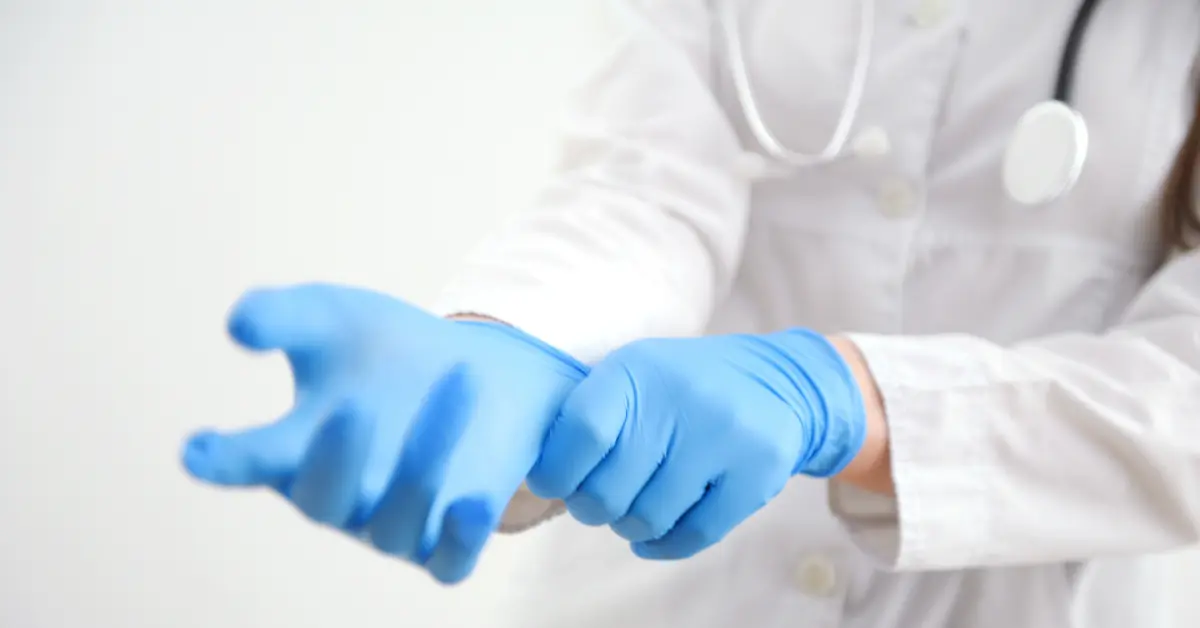
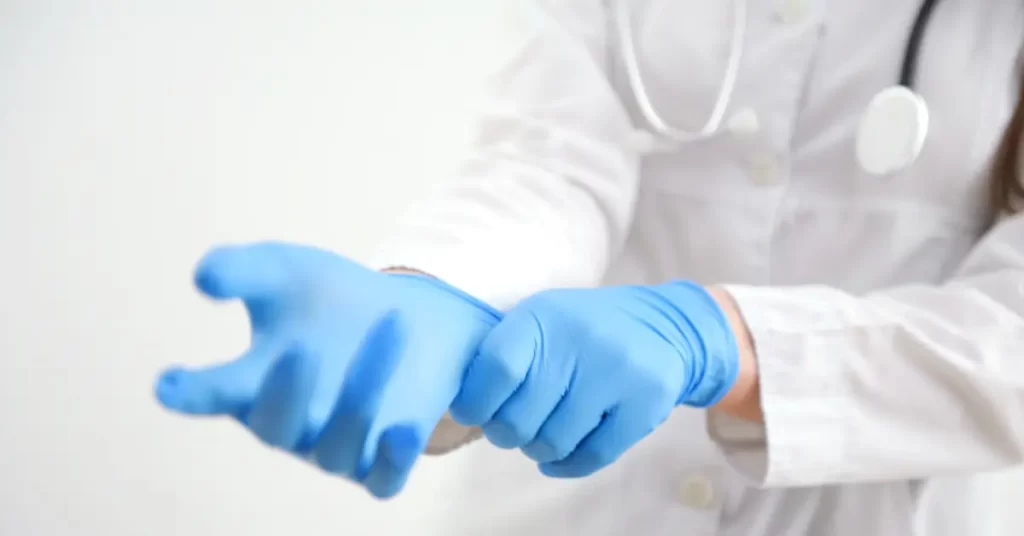
In the fast-paced and high-stakes environment of medical settings, gloves play a crucial role in protecting the health of both patients and healthcare professionals. These simple yet essential items act as a barrier against harmful pathogens and reduce the risk of transmission of infections. From surgical procedures to routine check-ups, gloves are an indispensable tool in maintaining a safe and sanitary healthcare environment. Let’s take a closer look at the significance of gloves in medical settings. And why they are an essential piece of protective gear.
Medical gloves serve as disposable protective gear for healthcare providers, safeguarding both themselves and patients against potential contamination. Crafted from materials like latex, vinyl, or nitrile, these gloves come in diverse sizes to accommodate every user’s hand size. These gloves are worn to prevent the spread of infections during medical procedures, examinations, or any task that involves coming in contact with bodily fluids, tissues, or contaminated surfaces.
There are two main types of gloves used in medical settings: examination gloves and surgical gloves. Examination gloves, also known as non-sterile gloves, are used for routine procedures such as physical examinations and administering medication. They are less durable and come in different sizes and materials to cater to various allergies and sensitivities.
On the other hand, surgical gloves are specially designed for sterile environments such as surgeries and invasive procedures. They are made with higher quality materials and undergo strict sterilization processes to ensure maximum protection against bacteria and other harmful microorganisms. Surgical gloves are also thicker and offer better resistance to chemicals and punctures to maintain a sterile field during procedures.
The use of gloves in medical settings has become a standard and necessary practice. With the rise of infectious diseases and antibiotic-resistant bacteria, proper personal protective gear, including gloves, is crucial to prevent the spread of infections. Gloves act as a physical barrier between healthcare professionals and patients. It helps in reducing the risk of cross-contamination and protecting both parties from the potential transmission of infections.
Moreover, gloves play a vital role in maintaining hygiene and cleanliness in medical settings. The use of gloves not only protects patients but also prevents healthcare professionals from coming into contact with potentially harmful substances. This reduces the risk of contamination and minimizes the spread of infections within the healthcare facility.
In conclusion, gloves are not just another accessory worn in medical settings; they are an essential tool in protecting the health of patients and healthcare professionals. Their significance goes beyond just preventing the spread of infections. They also promote hygiene and maintain a safe and sanitary healthcare environment. When used correctly, gloves act as a guardian of health, providing a protective barrier against potential harm. Hence, it is crucial for healthcare professionals to use and dispose of gloves appropriately, as they play a pivotal role in safeguarding both patients and themselves. Always remember, when it comes to gloves in medical settings, safety and health should always be the top priority.

The Importance of Gloves in Hair Dyeing When it comes to hair dyeing, the importance of wearing gloves cannot be overstated. Many people wonder, “Can
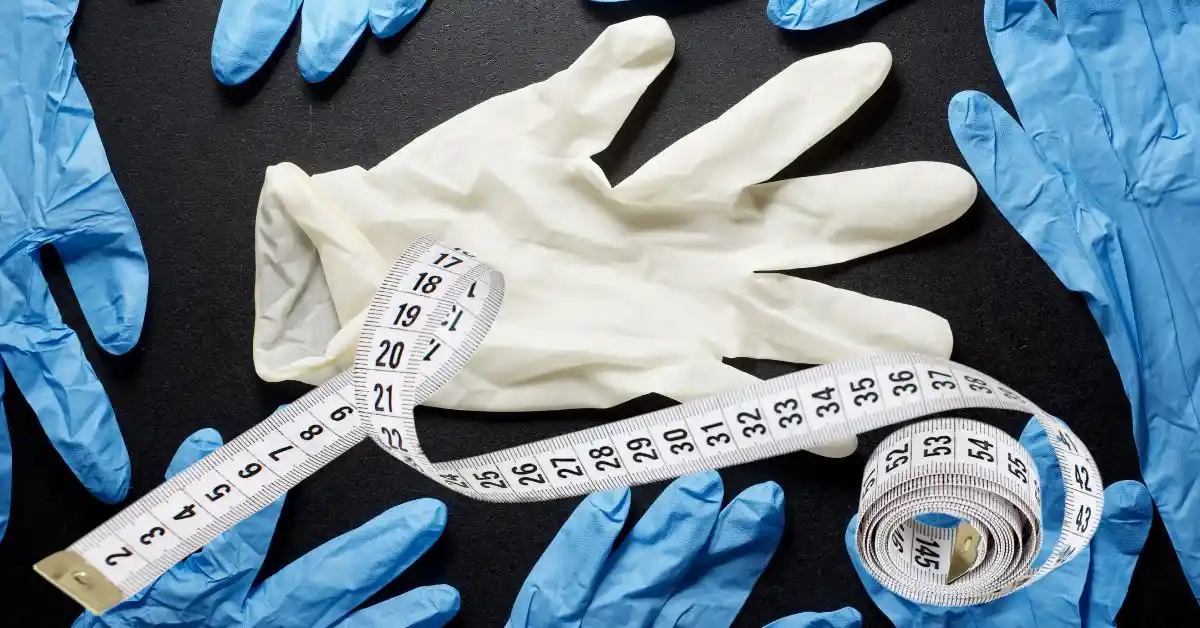
Understanding Glove Sizes: How Are They Measured? When it comes to finding the perfect pair of gloves, understanding glove sizes is crucial. You might be
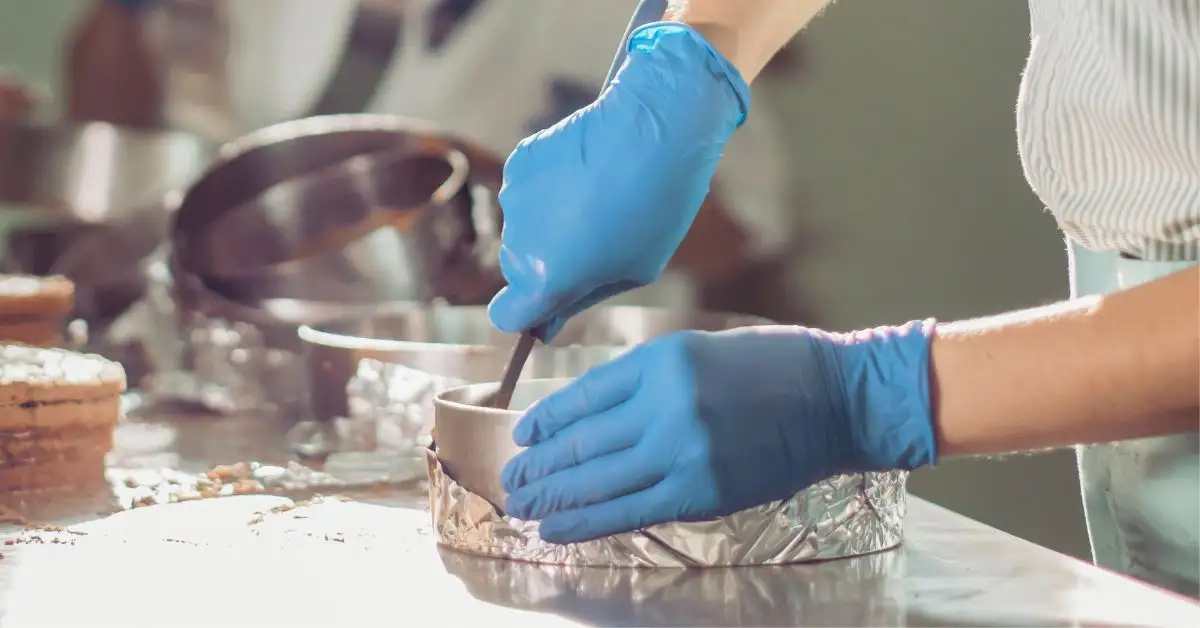
Key Differences Between Nitrile and Latex Gloves for Culinary Use In the culinary realm, selecting between nitrile and latex gloves is vital to maintain safety
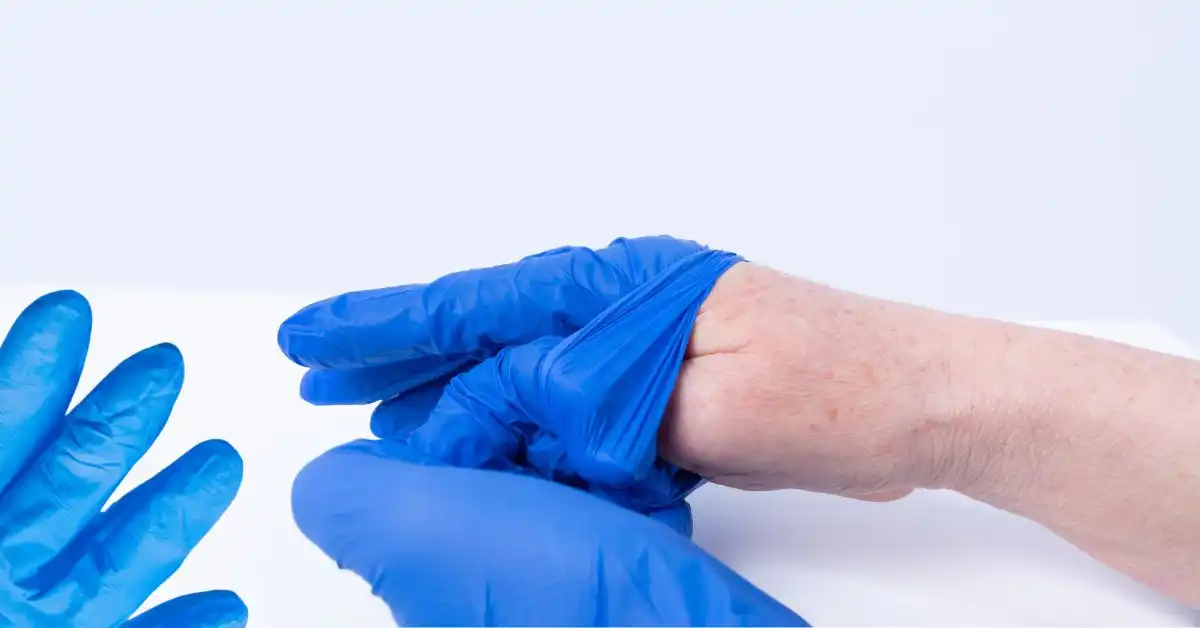
The Advantages of Using Nitrile Gloves for Those with Eczema When it comes to managing eczema, the choice of gloves can significantly impact skin health.

The Importance of Cut Resistant Gloves in Safety and Industry In today’s fast-paced industrial environments, the importance of hand protection cannot be overstated. Cut resistant
Driven by a passion for excellence, our mission is to consistently deliver the highest quality products at the most affordable prices. We aim to exceed customer expectations, creating value and trust.
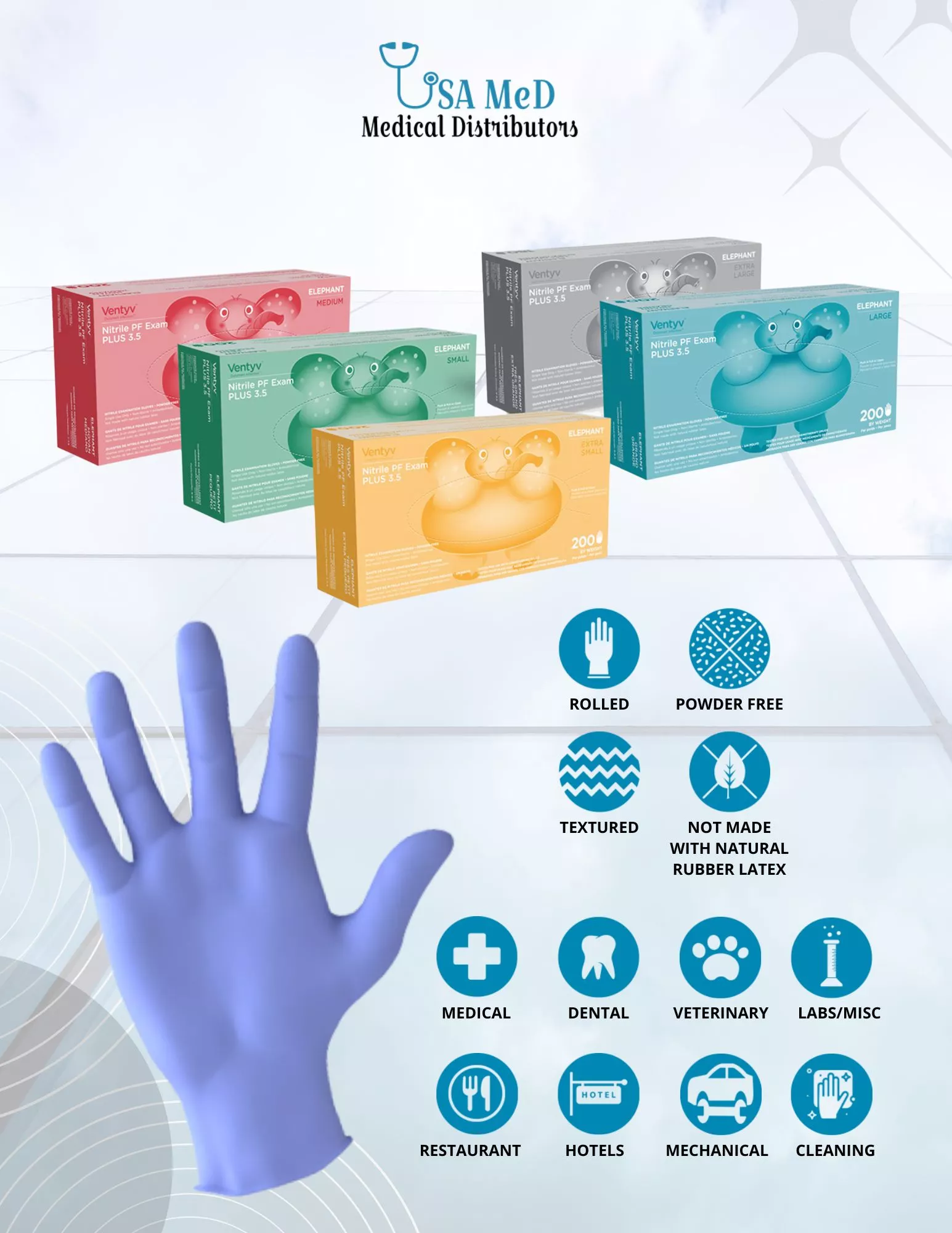
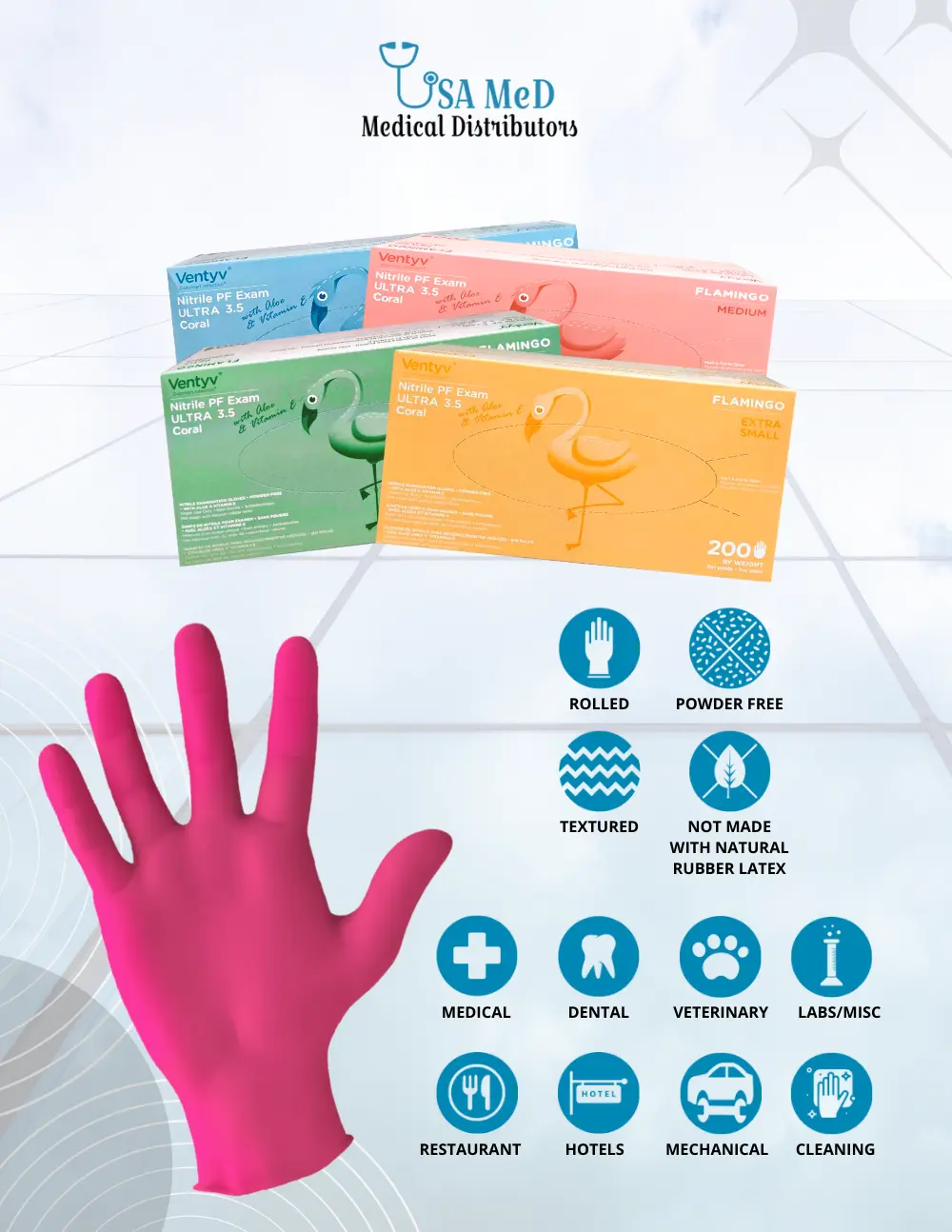
Phone Number: (239) 266 -1290
Email Addresses:
sales@usamedicaldistributors.com
customercare@usamedicaldistributors.com
Mailing Address :
501 Goodlette, Frank Rd N A105, Naples, FL 34102
Copyright 2022 – 2024. USAMED Medical Distributors. All rights reserved.
Privacy Policy | Return and Refund Policy
| Website by M. Escober